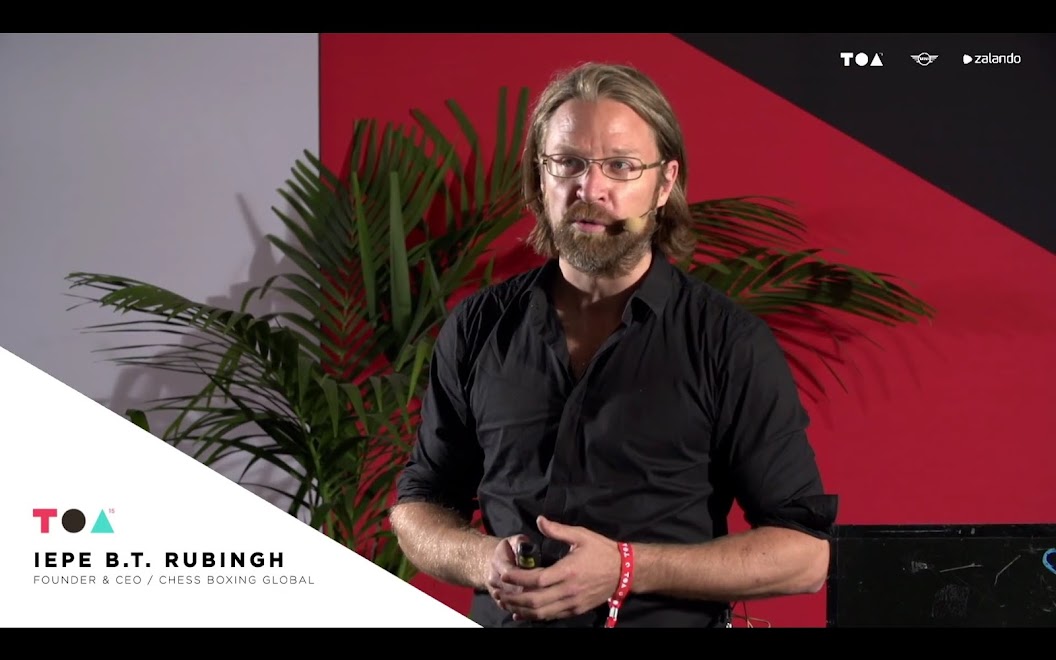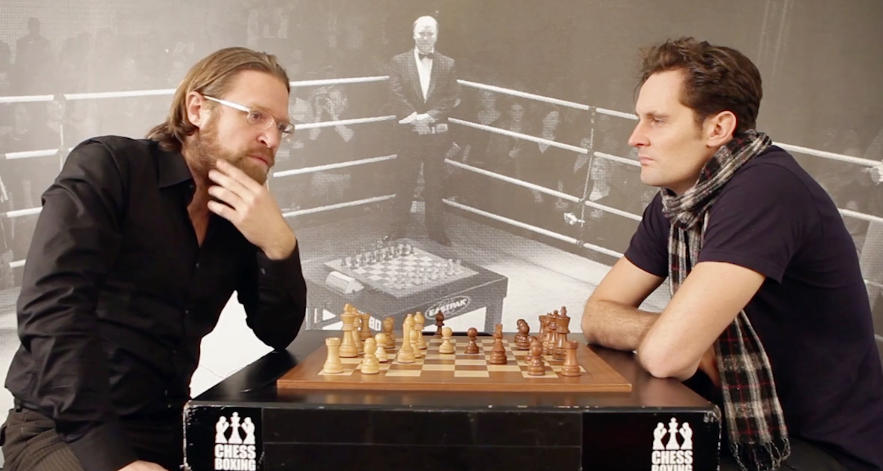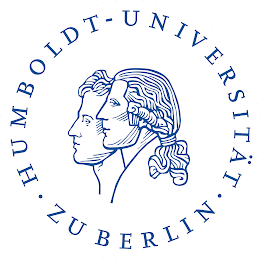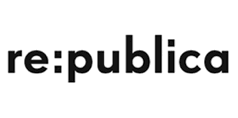IEPE RUBINGH
Storyteller Entrepreneur Innovator Artist
CHESSBOXING
A quest for the smartest and toughest on the planet
painting Reality
MIRACLE TREE SERIES
Berlin, Germany
MIRACLE TREE SERIES
Singapore
THE JOKER PERFORMANCES
Berlin, Germany
THE JOKER PERFORMANCES
Tokyo, Japan
Videos


Themes
ENTREPRENEURSHIP
Forget about the usual McKinsey story. I’ll tell you how to make the impossible happen and come up with radical solutions. Running a startup with a background as an artist, I see modern entrepreneurship as a way of sculpting society looking at companies or products as works of art, there to create meaning.
Examples
- How to get your company funded if you don’t write any code or produce any technology?
- Social sculpting in the 21st century; how to think like an artist and create meaning.
SPORT
For over a decade I have been building up a global sports movement, learning the basics of community building from scratch. Unfortunately, because of that, I haven’t been as active in the ring as much as I wanted, but enough to tell you what it is like to measure yourself in the most difficult sport discipline on our planet.
Themes
- How to create a sport; from the idea to running a global federation and marketing company.
- What we can learn from chessboxing and what being in a fight can teach us about making strategic decisions under pressure.
ART/INNOVATION
The art field is one of the biggest unknown undiscovered oilfields for creativity in our society. The way an artist thinks is nothing less than the most disruptive way to see life itself.
Themes
- How to plan guerrilla interventions in public space.
- What is truly a good idea? What do you have to do to get one and how to strip it down to it’s essentials.
Ultimately...
My core aim in life is to increase access to knowledge, culture and capital to as many people as possible
Languages: English, German, Dutch















